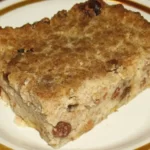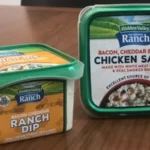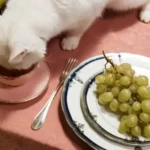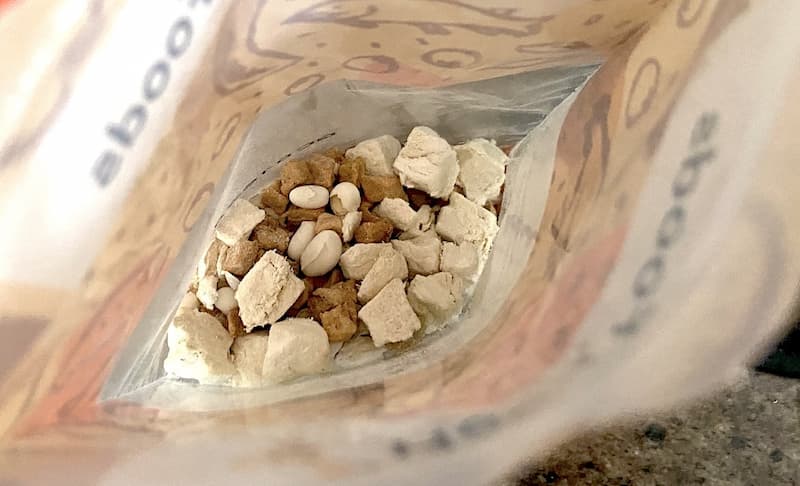
What is freeze-dried dog food, to start with?
In order to produce finished dog food that is secure on the shelf, safe, and light, freeze-drying is a technique that preserves raw ingredients like fresh meat. Technically raw and nutrient-rich, freeze-dried dog food.
For more information, keep reading…
Table of Contents
What Is Freeze-Dried Dog Food?
Long before modern technology, people have been freeze-drying food. Although for many of us, the best example is still that “astronaut ice cream” you find in science museum gift shops, the global freeze-dried food market is predicted to reach $85.3 billion by 2024, with a portion of that figure coming from the rise of freeze-dried pet foods.
Dog food that has been freeze-dried has had all of its moisture removed through freezing temperatures and a multi-step drying process, just like the human equivalent. The end result is a product that is bone-dry, shelf-stable, and can be refilled by simply adding water.
According to holistic veterinarian Dr., “what you’re getting is a different presentation of raw dog food” when it comes to freeze-dried dog foods. Ruth Roberts. But unlike fresh raw meat, some freeze-dried raw dog foods also go through high-pressure processing (HPP), a pasteurization process used to decrease quantities of bacteria such as Listeria, Salmonella, and E. coli.
Freeze-dried dog food is still regarded as a raw food even after HPP. “For pet owners who want to feed raw but are worried about bacteria, [freeze-dried] is a great option, according to Roberts.
How Are Dog Foods That Are Freeze-dried Made?
When potatoes were freeze-dried by the Incas in 1200 A.D., there were several steps involved in the process. Freeze-drying is a very old method.
Modern versions freeze fresh food in solid form first. The ice is then placed in a vacuum chamber where it almost completely evaporates. Any remaining water molecules are zapped away during a second drying phase. By the end, the food has lost about 97 percent of its moisture but has retained many of its nutrients.
Pros Of Freeze-dried Dog Food
Freeze-dried food can be a quick and easy substitute for dog owners who want to feed their dogs a raw diet but are concerned about locating, handling, and preparing fresh raw meat themselves. And unlike plain raw meat, all commercially available [freeze-dried] formulas are going to be complete and balanced for all life stages, according to Roberts, provided they’ve been formulated to meet the standards established by the Association of American Feed Control Officials (AAFCO).
In addition, pet owners appreciate how simple it is to find freeze-dried dog foods with high-quality, organic ingredients, including grass-fed meats. Even picky eaters frequently enjoy the formulas because processing and additives are typically kept to a minimum.
“It’s a good option for people who want to feed their families whole foods but don’t want to cook or prepare them themselves, according to Roberts. Since the drying process reduces fresh food to a much smaller, lighter, and shelf-stable form, she points out that freeze-dried foods may be especially useful for people who travel with their pets. Additionally, because it is stored in pantry-friendly packaging, it frees up valuable freezer and refrigerator space.
Cons Of Freeze-dried Pet Food Formulas
Regarding freeze-dried dog food, Roberts has two main reservations. She argues that food is “never quite as easy to digest as it is in its original form” when it is taken out of its natural state, in this case by drying it out and rehydrating it later. The convenience comes at a price, she continues, as it is also “hideously expensive.””
In comparison to air-dried or dehydrated pet foods, which cost $10 or $11, freeze-dried pet food costs, on average, $33 per pound, according to Nielsen data (4).
Additionally, a lot of veterinarians are concerned with pathogenic bacteria. “Freeze-drying alone, without a prior heating/cooking step, is not an effective way to eliminate microbial pathogens” like Salmonella, E. coli and Listeria, says veterinary nutritionist At Virginia Tech’s Virginia-Maryland College of Veterinary Medicine, Dr. Megan Shepherd also serves as a clinical assistant professor of nutrition. “So, unless the manufacturer can guarantee that the finished product is pathogen-free, I advise staying away from raw and freeze-dried animal tissue-based products.”
In the US, pet food standards are established by AAFCO., offers a similar warning on its website, noting that most nutritionally complete pet foods have been heat-treated during manufacturing to prevent microbial contamination. AAFCO further cautions that feeding your dog any raw foods may expose other family members to illness, particularly young children, the elderly, or anyone with a weakened immune system. Additionally, the same bacteria can also sicken your dog. Angel food cake is one of the most delicate cakes, but can you freeze angel food cake?
How Is Freeze-drying Used In Dog Food?
At extremely low temperatures, the process of freeze-drying removes moisture. When raw ingredients are freeze-dried, the water in the food is first turned into vapor by first being frozen, and then the ingredients are placed in a powerful vacuum. For example, instant coffee or cereal with freeze-dried berries are two examples of freeze-dried foods that you may already be buying for yourself.
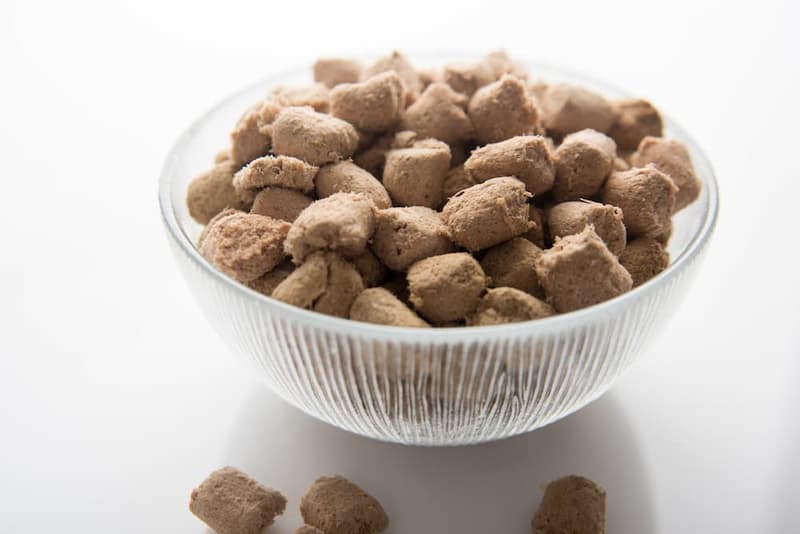
Freeze-drying Impact The Nutritional Content Of The Food
Compared to other methods, such as cooking or dehydrating pet food, freeze-drying preserves more of the nutritional value of the raw ingredients. It helps to preserve the wholesome nutrition that is naturally present because the raw meat ingredients are freeze-dried.
Types Of Freeze Dried Dog Foods Are Available
Delicious meat treats, mixers or toppers for freeze-dried dog food, and even fully prepared, nutritionally sound freeze-dried meals are all available for dogs.
Incorporate Freeze Dried Food Into My Dog’s Diet
Completely freeze-dried-in-a-bag dog food diets can be quite expensive, possibly difficult to find, and not necessarily suitable for all dogs. Our advice is to supplement your dog’s diet with some freeze-dried food while still allowing for the convenience of feeding your dog on a regular schedule.
How To Feed Your Dog Freeze-dried Dog Food
From dinner patties to food toppers to bite-sized nibbles, freeze-dried dog food is available in a variety of shapes and sizes. It can replace all of your dog’s food, be added to, sprinkled on top of, or even given as quick treats.
Never forget to read the specific instructions on the food you choose. Many formulas are designed to be served as-is, which is particularly practical if you’re using them for treats, but some must be rehydrated by crumbling into warm water. In particular, adding water is crucial for dogs who don’t drink a lot of water on their own because it makes freeze-dried food more filling and bulkier.
Is Dog Food That Is Freeze-dried As Good As Dog Food That Is Raw?
Your own preferences in terms of preparation and price will determine whether freeze-dried dog food is superior to raw dog food.
A line of raw, meat-based foods with ingredients from uncooked food animals includes freeze-dried dog food as one of its products. The only distinction between freeze-dried and raw dog food is that the former has gone through a process to remove the majority of its moisture. However, during the freeze-drying process, nutrients are preserved. In addition, the product’s appearance is preserved and some bacteria could be eliminated.
Compared to raw dog food diets, the extra step of freeze-drying the food product may increase its cost.
Is Dog Food That Has Been Freeze-dried Safe?
Dog food that has been freeze-dried might have fewer bacteria, but some bacteria may still be present.
The procedures used to produce the freeze-dried dog food can be found on the website of the dog food that you are considering. Additionally, you can look up any food recalls they may have had in the past.
If a dog is immunosuppressed or suffering from a serious illness, raw food should not be given to them. Additionally, freeze-dried dog food can be a health and safety concern if a household includes members who have young children (under 5 years old), elders, immune-compromised people, people planning pregnancies, or people who are pregnant.
For those who prefer a raw diet for their pet, proper hand washing and cross contamination prevention are essential.
What Is Canine Dehydrated Food?
In order to extend the shelf life of dehydrated dog food, moisture is removed through evaporation. Dehydration and freeze-drying both lengthen the shelf life of products, but freeze-drying involves a lower temperature during the dehydration process. See more about What Is A Kimchi Refrigerator? Everything You Want To Know
Are Air-dried And Dehydrated Dog Foods The Same Thing?
Air-dried dog food and dehydrated dog food are interchangeable.
Air drying is essentially a technique for dehydrating or removing most of the moisture from the food. Low heat slowly removes moisture from dog food that has been dehydrated. It is unknown whether the process of dehydration has a significant impact on the quality of nutrients.
Dehydration may kill some bacteria, much like the freeze-drying procedure, but some bacteria manage to survive.
Conclusion
What is freeze-dried dog food? was the main topic of the article.
In order to preserve quality and lengthen the shelf life of the product, freeze-dried dog food is a food product that goes through a process where it is dehydrated at a low temperature.
In the freeze-drying process, the product is frozen, the pressure is reduced, and the ice is eliminated through the process of sublimation (in which a substance, like ice, transitions from a solid to a gas, essentially skipping the state of a liquid).
Please post a comment if you have any queries. Regarding your reading, I thank you.

